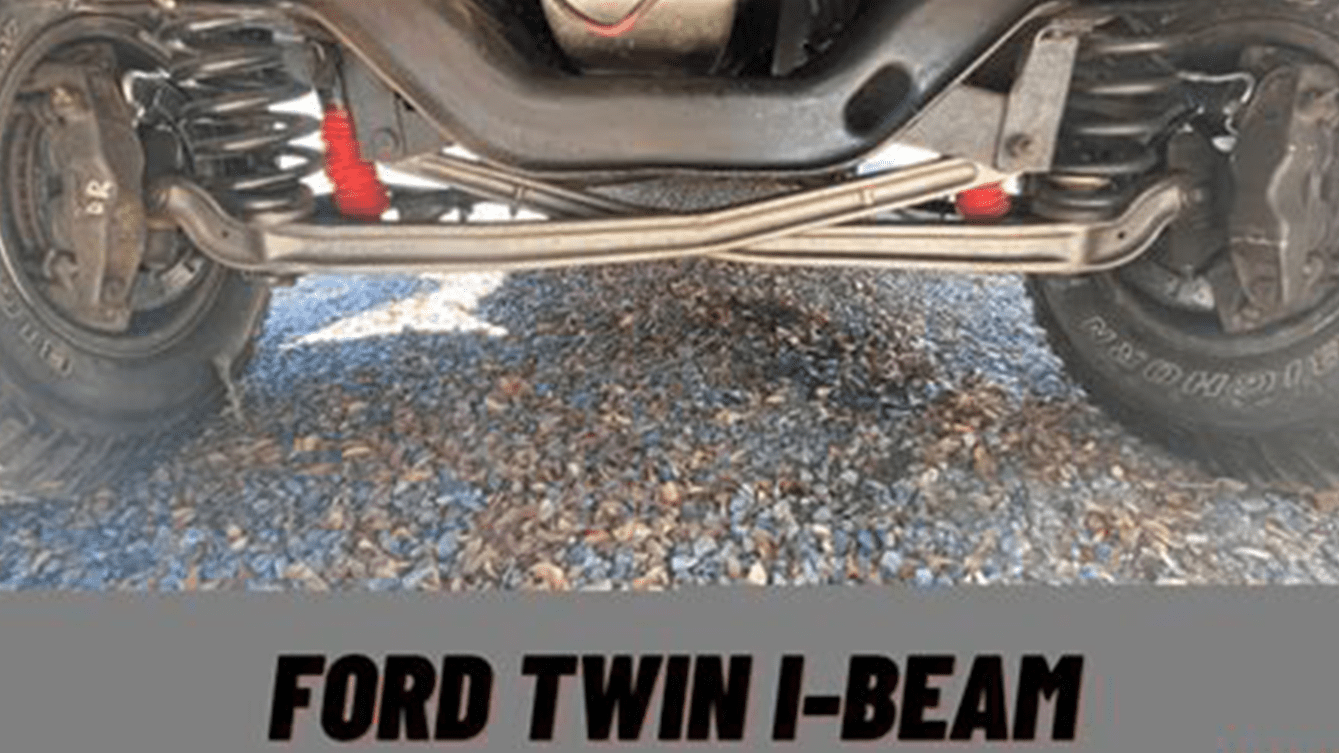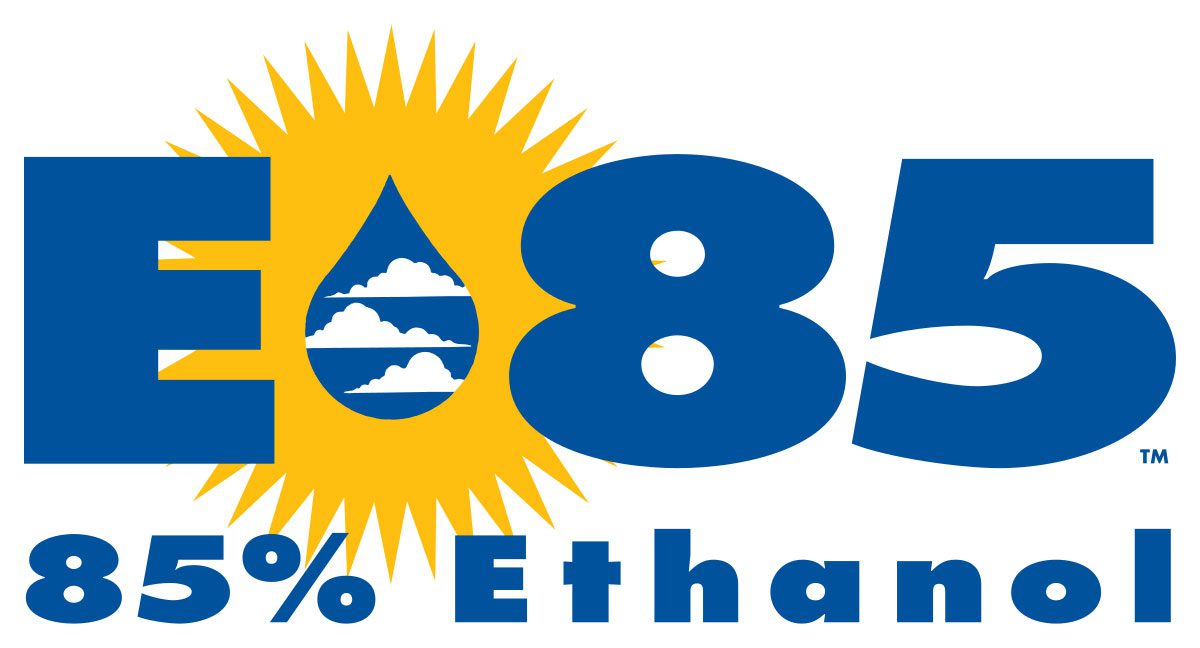Toyota GR
What on Earth Is Gazoo Racing?
In popular Australian culture, a “gazoo” is a simple plastic instrument with an internal diaphragm. When pressed to the lips, it emits a certain sound that is unmistakable, but this toy is a far cry from the Japanese interpretation of the word and how it has come to epitomise a line of high-performance vehicles. You may have heard of Gazoo Racing (GR) as a badge that’s found its way onto some premium Toyota vehicles, so what’s the story here? How does Toyota intend to market the GR to an Australian audience?
Tracing the Roots of Gazoo Racing
Some time ago, when the Internet was in its infancy, some employees of Toyota decided to create a website that would show images of Toyotas, past and present. They named this site using the Japanese word for image, loosely translated as “gazoo.”
From there, it’s unclear how this word found its way into the company’s racing division. However, one story suggests that a team of Toyota test drivers wanted to participate in the 24-hour race at the Nurburgring (in Germany). Apparently, the parent company was not too keen on entering them officially, so they had to develop a name for their team. As one of them was involved in the gazoo.com website, they simply adopted this name.
Building on Toyota’s Fabled Motorsport Heritage
Toyota has long been associated with motorsport — for more than six decades. It’s been highly successful in various disciplines, from touring cars to rallies, ensuring that lessons learned on the track are built into the vehicles found in every showroom. Still, the company had been taking a break from major motorsport activity following its successes in the 90s. But when executives decided to re-create the motorsport division once more, it became known as Gazoo Racing in a nod to that team’s success in Germany.
The company’s current president, Akio Toyoda, is a self-proclaimed motorsport fanatic. Indeed, he can often be found behind the wheel of a racing car, so it’s little surprise that Toyota emphasises competition and high-performance branding.
Modern Day Success for Toyota Gazoo Racing
Today, Gazoo Racing has found some incredible success, especially in the World Rally Championship (WRC), where the company is the reigning champion manufacturer. The rallying division is based in Finland and successfully campaigns the Yaris GR, a high-performance version of the vehicle you can buy in Australian showrooms.
Still, Toyota is not new to the World Rally Championship. The company first burst onto the scene in the 1980s with the Celica GT – FOUR, one of the first all-wheel drive cars and a world champion in its own right. In the modern-day interpretation, Toyota Gazoo WRT fields a competitive line-up in the WRC, including the reigning world champion driver, and looks likely to take the overall manufacturer’s crown once again in 2022. This particular vehicle is based on the road-going GR Yaris and is fitted with a specially developed hybrid system.
From the Racetrack to the Road
GR Yaris
The GR Yaris has sold very well across Europe, with a long waiting list due to limited production. It’s also been very popular in Australia, even though difficulties associated with component supply have slowed its introduction.
And the Yaris is only one of several vehicles that have emerged from the GR stable, all based on successful racing and rallying campaigns. The GR Supra will soon be joined by the exciting GR 86 and the GR Corolla.
GR 86
The GR86 is perhaps the purest link to the world of competition — a vehicle built from the ground up to replicate touring car success. Various models of this car are available, jointly developed with Subaru. It has a horizontally opposed, four-cylinder engine mated to a six-speed manual or ECT and rear-wheel drive for the purists.
GR Supra
The GR Supra is another front-engine, rear-wheel drive vehicle with an in-line six-cylinder engine. In racing form, it is found in the Super GT category and, once again, brings motorsport heritage to the public market. It has adaptive variable suspension control for improved ride comfort and handling. It’s also got a trick chassis control system developed on the racetrack to give the driver ultimate control when pushing to the limit.
GR Corolla
What can you expect from the GR Corolla? Enthusiasts are keen to discover and see how the Japanese manufacturer can transform one of the bestselling vehicles of all time. Expect to find a lot of technology from the world of rally, even though the company does not campaign the Corolla on the WRC stage. You’ll get a manual transmission mated to a turbocharged, 1.6 L, 300 hp four-wheel-drive set-up. It will automatically distribute the power between the front and the rear based on road conditions and will certainly look the part with flared wings, a rear diffuser and an aggressive front grille.
There’s no word on when the GR Corolla will find its way onto the Australian shores, but if you’re interested in getting one, you should put your name on the waiting list well in advance. If previous sales of GR models across the country are anything to go by, the GR Corolla will not hang around for very long.
Back to the Front for Toyota
Nobody is quite sure why Toyota waited so long to bring rally and race-bred vehicles back to enthusiasts following their success in the ’90s. Still, designers and engineers have more than made up for that gap in availability with the current range of GR models. As the race and rally teams continue to be successful and rack up world titles along the way, the enthusiastic company president is likely to keep signing off on the bills. In turn, expect cutting-edge technology to find its way into a range of new road cars and help cement Toyota’s legacy among avid high-performance enthusiasts.
Toyota’s Competitive Advantage
The name may seem somewhat “silly” at face value, but the other manufacturers are not laughing at Toyota’s undoubted success with its GR brand.






Leave A Comment